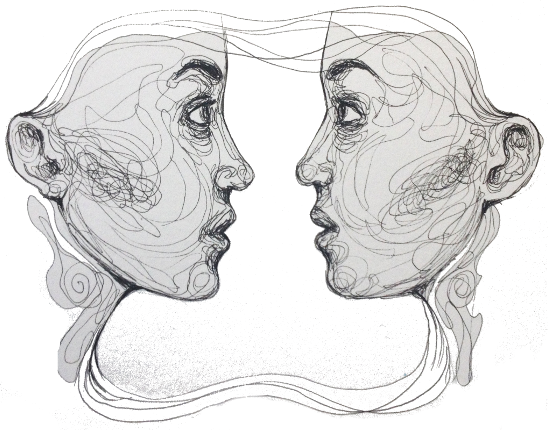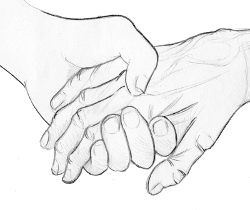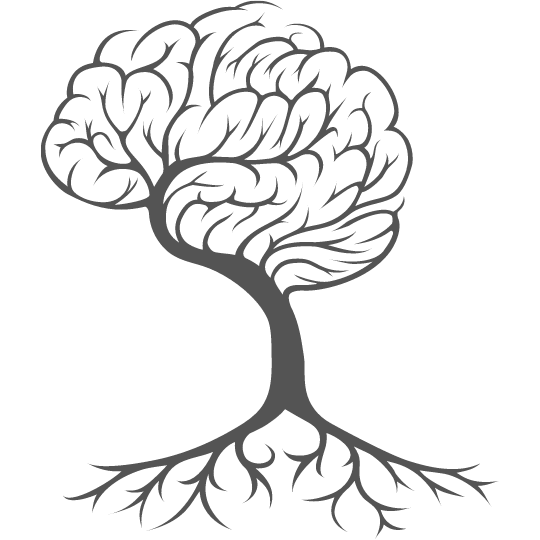 Contemporary (or modern) Bioenergetic Analysis develops the relational aspect through the integration of attachment theory and relational therapy concepts, as well that of new findings in the field of neuroscience and trauma therapy.
Contemporary (or modern) Bioenergetic Analysis develops the relational aspect through the integration of attachment theory and relational therapy concepts, as well that of new findings in the field of neuroscience and trauma therapy.
These changes include a focus on the importance of the interpersonal relationship in the psychotherapy process (a two-person therapy); an understanding that somatic, non-verbal processes are vitally important for the processing of early developmental issues; an awareness of the profound importance of the first three years of a child’s life in brain development and in the establishment of a secure attachment pattern; an understanding that toxic environments and early relational trauma are not only seriously damaging to the sense of self but also to the form and motility of a person’s body; and the understanding that good therapy has to provide strong relational holding as well as grounding if the bodily and psychic self is to be restored.
One of the cornerstones of Bioenergetic Analysis remains and that is character analysis as the ability to deeply understand the uniqueness of the existential struggle of a person through analysis of their unique defensive pattern, both on the somatic and psychic levels (character structure). Character structure influences physical self-perception, self-esteem, self-image and basic patterns of interaction with the environment. It is from this cornerstone, inherited from Reich and Lowen’s work, that we have elaborated and evolved.
 Research into the effectiveness of different psychotherapeutic approaches has shown that the main agent of change is the actual relationship between the therapist and the client. While the “chemistry” between client and therapist may be hard to define, we now know that mirror neurons allow us, as therapists, to enter a state of “resonance” with the client, whereby we experience something very close to what the client is actually experiencing: their perceptions, feelings and thoughts. At the same time and through this same process of resonance, the client can come to experience and know that they feel profoundly "felt" by the therapist: a magic moment indeed.
Research into the effectiveness of different psychotherapeutic approaches has shown that the main agent of change is the actual relationship between the therapist and the client. While the “chemistry” between client and therapist may be hard to define, we now know that mirror neurons allow us, as therapists, to enter a state of “resonance” with the client, whereby we experience something very close to what the client is actually experiencing: their perceptions, feelings and thoughts. At the same time and through this same process of resonance, the client can come to experience and know that they feel profoundly "felt" by the therapist: a magic moment indeed.
"One of the outcomes of the neurobiological research is that it is becoming obvious both to developmental psychologists and psychotherapists that clients and patients are in an intersubjective relationship that is somatically based.” Helen Resneck-Sannes (IIBA Clinical Journal V.17 2007 - p.51)
One of the primary benefits of the Bioenergetic training is that the more the therapist is in their own body, the more they are able to access this state of resonance, because it includes energetic, sensory and muscular aspects. The client’s symbolic and cognitive processes are also encoded within the therapist's somatic experience. Bringing all these dimensions into the therapeutic relationship, also brings greater potential for change and for releasing the deep well-springs of our humanity.
 Mainstream psychoanalysis is now also paying much more attention to the role of somatic sensations in unconscious interpersonal communications between client and therapist, also known as transference and countertransference.
Mainstream psychoanalysis is now also paying much more attention to the role of somatic sensations in unconscious interpersonal communications between client and therapist, also known as transference and countertransference.
Transference and countertransference are also rooted in preverbal attachment pattern. When preverbal bonds of attachment did not fulfil their organizing and regulating functions, the child experienced anxiety, attempting to protect himself against anxiety by adopting three main types of attachment strategies: anxious-avoiding, anxious-ambivalent or disorganized-disorientated. Latter, the client, in therapy, will actualize his/her attachment pattern as a specific transferencial attachment pattern to the therapist. The intersubjective therapeutic relationship will explore it, make it conscious and evolving.
“I would strongly contend that embodiment/disembodiment are central problems in trauma treatment. The “felt self” and “sensations” are only a partial approach to the problem. The purpose of embodiment, whether from conditions of trauma or not, is to restore vitality and integration, again and again. The “out of contact” state resulting from trauma demands “being in touch” but also “being touched” to find the way home again. This is where somatic based psychotherapies are crucial because they are based on fully experiencing oneself, one’s own ground, centeredness and personhood, beyond the limitations of words and information processing". David Finlay (IIBA Clinical Journal V.17 2007 - p.29)
It is interesting to note that recent developments in the field of trauma also confirm the importance of including the body in the therapeutic process. For instance, in trauma recovery work, lower-brain processing and the awareness of body sensations are key features of the sensorimotor techniques of Somatic Experiencing (Peter Levine), of Sensorimotor Psychotherapy (Pat Ogden) and of Somatic Trauma Therapy (Babette Rothschild).
Alongside these advances is the call from affective neuroscientists for therapists to increase their skills in somatically-based clinical interventions so that the client can process strong emotions within the window of tolerance. Our training teaches the clinician how to work with and stay present with deep affective states while maintaining appropriate boundaries for the work. Such processes are also promoted by the National Institute for the Clinical Application of Behavioral Medicine (NICABM) in the USA, a key online resource for new approaches in trauma recovery.
What contemporary Bioenergetic Analysis is able to offer, is the ability to understand and work safely with the whole body and all of its emotions.
Along with other forward thinking schools of psychology, Bioenergetic Analysis has been deeply influenced by the latest research in neuroscience, particularly interpersonal neurobiology. Rising in prominence in the 1990’s with the work of Daniel J. Siegel, interpersonal neurobiology began using neuroimaging to map the brain bringing forth a wealth of new information that affected the way we see human nature. Some of these images include seeing how the brain responds to fear and threat, how social pain injures the same part of the brain as physical pain, and how good relationships can rewire a brain. This work re-emphasized the centrality of relationships in human mental health. The Polyvagal theory (2011) looks at our survival as a species through the natural workings of the vagus nerve in relation to the triune brain. Stephen Porges clarified the 3 pronged functioning of our nervous system and the fact that the gut and heart send messages up to the brain. It is not just that the brain sends messages to the body. The body talks and the brain listens and processes the information.
This is where Bioenergetic Analysis and neuroscience dovetail. Bioenergetic Analysis has always been at the forefront of keeping the body and the understanding of energetic processes at the core of our theoretical stance and clinical practice. Bioenergetic therapists are committed to helping their clients find the movement of energy they need now - by using expressive techniques to move through constrictions in the body, by using appropriate physical contact to either open, contain, or soothe, or by using the clinical relationship to help shift a mood. Basic Bioenergetic training paid more attention to the muscular system, while interpersonal neurobiology brings new information on the workings of the nervous system. Bioenergetic Analysis has always had the techniques to help the body shift moods, but now it is understood in a deeper and clinically useful way, how the brain is involved. This helps validate the depth of Bioenergetic Analysis as a theory and expand its potential.
 Finally, the bioenergetic therapist:
Finally, the bioenergetic therapist:
- works with cognitions, feelings, sensations, the muscular and nervous systems integrating the latest finding in neuroscience.
- works with not only affect regulation but also arousal regulation (bringing 1. all these dimensions into the therapeutic relationship and 2. greater potential for change and healing).
- Identifies and own the somatic blocks and tensions that hold the psychic defenses in place (helping the person to integrate their unique life-force so they may live a more vibrant and authentic life).











